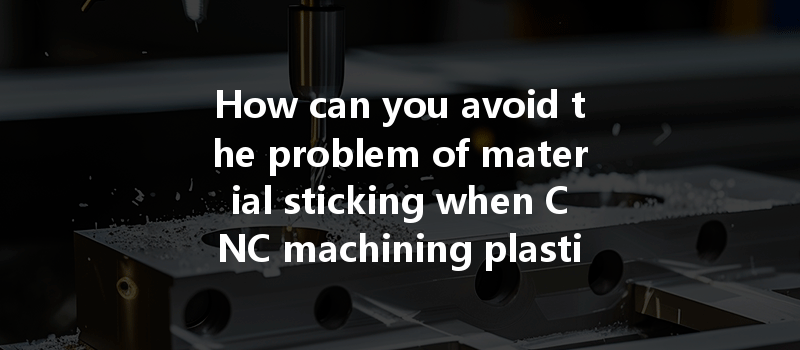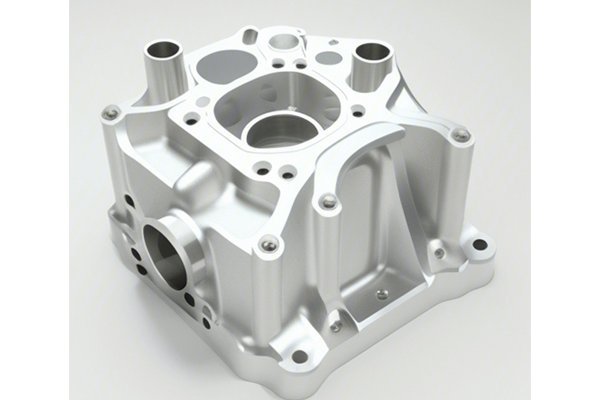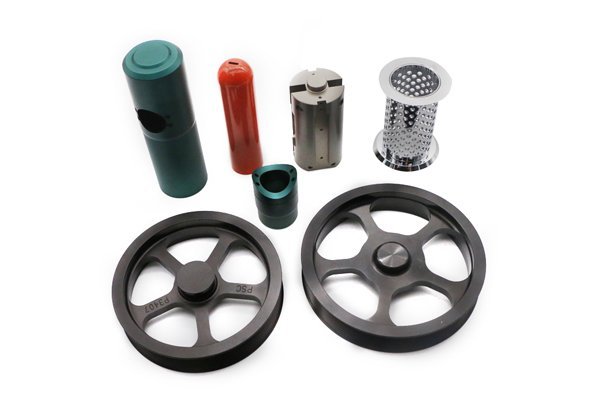When it comes to CNC machining, one of the most challenging issues manufacturers face is material sticking, particularly when working with plastics. Did you know that improper machining practices can increase production costs by up to 30% due to scrap and rework? This fact underscores the need for precision in machining, especially when it comes to non-metallic materials like plastics.
Understanding the Problem
Material sticking occurs when the workpiece adheres to the tool, leading to a variety of issues including poor surface finish, dimensional inaccuracies, and increased wear on the cutting tool. In terms of CNC machining plastic, understanding the properties of the material and the machining environment is crucial.
Factors Contributing to Material Sticking
Effective Solutions to Prevent Material Sticking

In conclusion, CNC machining plastics is a nuanced process that requires careful attention to detail to prevent material sticking. By understanding the influences of heat, tooling, and cutting conditions, as well as implementing effective solutions, manufacturers can avoid the pitfalls associated with plastics machining. This is essential not only for maintaining production efficiency but also for ensuring the quality of the finished product.
Addressing the challenge of material sticking is critical, especially in industries where precision manufacturing is paramount. By adopting these strategies, you can enhance operational efficiency, minimize waste, and ultimately drive down production costs. Remember, investing time in proper tooling management, cutting parameters, and material research is paramount to achieving success and efficiency in CNC machining of plastics.
Think critically about these aspects, as effective machining processes benefit not just your operation, but also the broader industry standards for quality and efficiency.






